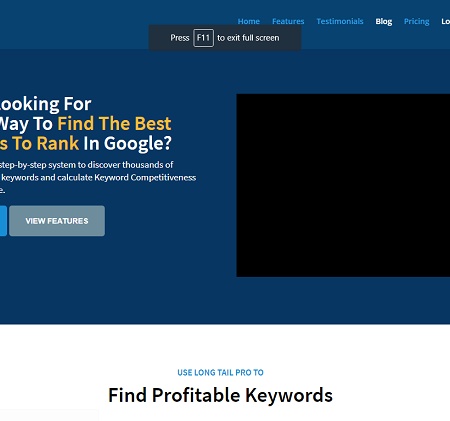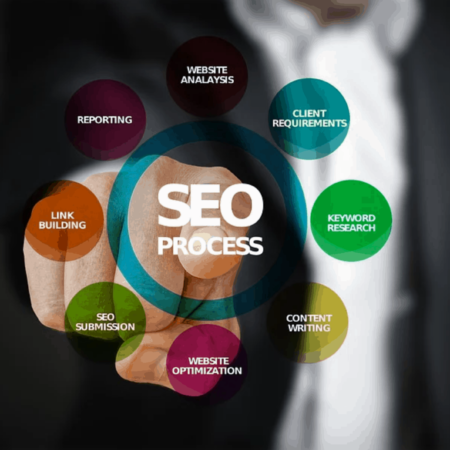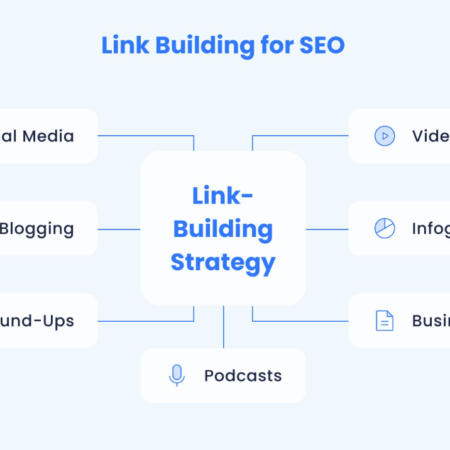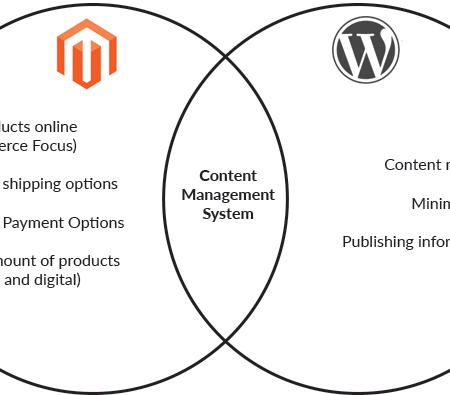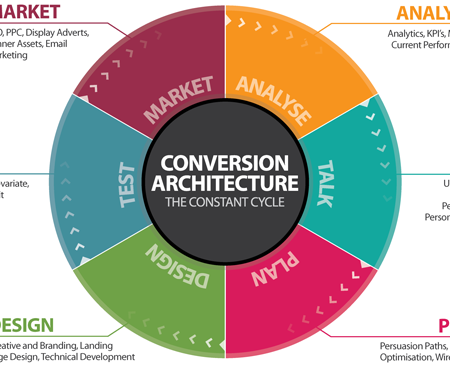Ecommerce websites
Ecommerce websites
Ecommerce websites is an excellent way for retailers to improve their bottom line and promote their brand. Here is a checklist of the top things you must do before you launch your ecommerce store. For information regarding our Magicdust ecommerce web solutions click here.
Based on what we have learned as leading website designers and ecommerce developers, we have produced this essential checklist for setting up your ecommerce store right the first time. Ensure you have all these steps covered to give you the best chance of success.

Ecommerce websites
1. create your ecommerce plan
Know what you are going to sell
The first step is to decide what you’re going to sell. You can sell an individual product, a range of products or even a service. Researching the product you intend to sell is critical for success.
Figure out your business model
Know whether you will make the product yourself, or whether you will import it from third-party suppliers. Will you compete on price or quality? Which of your products or services has the greatest profit margin for you to earn? Do you offer a money-back guarantee, warranty or express shipping? Ensuring that your know your business inside-out in theory, will give you a greater chance of succeeding in practice.
Know your target market
Research the market to understand whether people would actually want to buy your product. Free tools such as Google Adwords Keyword Tool will allow you to view how many people search for specific terms or products each month, giving you an idea of general demand for your business.
Have an idea of who your target customer audience is and what their needs are. In understanding your target audience’s problem (and how your product is a solution), you can differentiate yourself from competitor businesses. Ensure your ecommerce website addresses itself as a solution clearly as this will enhance your message and increase your chance of purchase.
Decide on your business legals
Once you have chosen your product, your model and know your market, you need to decide on your business information. What will be your store name? What will be your company name? It is recommended that you take the necessary procedures to set your business up as a professional, legal company to avoid nasty lawsuits down the track. Set up a new, merchant bank account for the business that is kept completely separate from your personal account to effectively manage your business finances from day one.
Decide on your ecommerce store policies
The final part of getting up and running is deciding on your store policies. Consider how many days purchasers will have to return unwanted items or whether this will be unlimited. Will you ship internationally? What pricing structure will exist for shipping?
Ensure you have proper inventory/stock management in place, should a customer order and item that is unavailable. Do you plan on selling customers information to third-party companies? Clearly specify on your website your privacy policy. Precautions in the early stages can prevent surprises down the track, where generally the customer is favoured in legal situations than companies themselves.
2. things you need to set up
Decide on a domain name and hosting
Domain name and hosting is essential to any website. Your domain name should reflect your ecommerce store name and should be easy to spell, so that visitors can find your website hassle-free. Avoid strange spelling and numbers or symbols within your domain name as these are difficult to explain and type into an address bar.
As part of your ecommerce website, you can choose to manage your own web hosting, or choose an option whereby your website design company manages your hosting on your behalf. For flexibility, managing hosting yourself is a better option and will generally be cheaper. Avoid incredibly cheap hosting as this can often indicate shared servers that result in slow website speeds and can negatively impact on your SEO (your website’s ability to rank in the organic search results).
Decide on a phone policy
Decide whether you will have a public phone system whereby users can contact your business directly. If you choose to have a phone, have a plan in place for international callers and also times-of-day that your phones will be monitored / answerable. If you do not wish to have a phone, and only receive contact via email or online, beware that this can decrease your level of customer service, however it will be easier to manage. Weigh up the option that suits your business the best and ensure the proper processes are in place for the benefit of your customers.
Choose where you will store your inventory
Unless you are making your own products, you will likely be purchasing stock from a distributor/supplier. You will need to arrange a place to store your inventory such as a warehouse or storage center. Ensure that you look to the future of your business when choosing options, as well as the present. Take into account how much your business will scale when deciding on the storage space that you may need.
Decide on drop-shipping
An alternative to holding your own stock is drop-shipping, whereby when an order is made through your ecommerce store, you request the ordered item from a third-party distributor who ships directly to the customer that made the purchase. Drop-shipping allows businesses to avoid having to hold and store their own stock. This is particularly useful and cost-effective if you have products that are dependent on “seasons” and trends such as fashion apparel, where you do not want to purchase and have to store too many of a particular item that will soon be out-of-fashion.
Setup a business bank account & merchant account
When starting any business, new bank accounts should always be created that are dedicated to the business. They should be in your business’ name. For tax and accounting reasons, never mix personal and business bank accounts. Try to keep all expenses and earnings separate from day one. This is critical to any successful business.
To accept credit card payments, as an ecommerce website in Australia you will need a merchant account for processing. Shop around for the best deal as different institutions charge different fees. Paypal offers a full-service solution for accepting payment, however they take a percentage of each transaction that is made via your store.
Choose your pricing model
With all the previous decisions made, you now need to decide on the prices that you will sell your products for. Unfortunately, there is no magical formula, however, at a base level you should aim to break even – that is, earn enough money from each sale to pay for the stock, marketing and expenses that you have previously incurred. If you’re model is to be competitive on price within your market, you may find that you run some product sales at a loss. Additionally, you may have certain products that are ‘high margin’ products, whereby the profit you make on each sale is drastically higher than what you purchased the stock for. Once live, don’t be scared to amend your pricing to see what works and what customers are willing to spend without affecting the number of sales that you receive.
3. your website details
Your website design
When starting to create your ecommerce website design, understand that it stands as your store front. Whilst the aesthetic design of a website is important, the flow of an ecommerce design is critical to conversion. Ensure that your store policies and contact details are easily visible. Highlight your strengths such as a longer returns policy or free express shipping to entice customers to purchase. Your e-commerce website designer will also be able to advise on design elements that will help increase conversion rates and enhance user experience.
Which website software platform
When choosing a web design company to develop your ecommerce website, have an idea of the functionality you require now and in the future. It is recommended that you choose a Content Management System (CMS) platform, whereby you can edit your website content and manage your products yourself without the help of a web design company that will likely charge you for such changes. Ensure that your website design will be responsive for mobile devices, so that it will be effective regardless of whether visitors are viewing from a smartphone, tablet or desktop computer. Ensure that the checkout process, in particular, is easily usable on mobile devices.
Write your product descriptions
The more effort you put into the display of your products, the greater your chance of succeeding online. Consider your ecommerce store as the shelves of a physical, retail store – tidy, informative and easy-to-find products are beneficial to a good customer experience. Include product descriptions and quality images of all your products for sale. Include weight and measurements if relevant. The more info, the better!
Get an SSL certificate
An SSL certificate is used to encrypt parts of your website that collect personal information from your website users. This prevents third-party websites (and scammers or fraudsters) being able to take advantage of your customers’ sensitive information, particularly credit card details. SSL’s are necessary for any ecommerce business. Like a merchant account, shop around for the best price SSL vendors.
Write your privacy policy
When collecting sensitive information such as personal and credit card details of customers, you must include a privacy policy indicating how you will store and use such data. Many people fear sharing their personal information online as their information can be sold to third-party companies and used on marketing lists, for spam or even fraud. For an optimal customer experience, it is never advisable to sell your customers’ personal information. Create a privacy policy that specifies exactly what your business will and will not do with their personal details as this is like a binding contract between you and your website visitors.
Create a marketing plan
Once your website is live, you need to have a plan for how you will gain website visitors. A critical element of traffic is Search Engine Optimisation – optimizing your website so that it appears higher in the search engines for keywords that are relevant to your business and product range. You can also use Pay-Per-Click (PPC) advertising which allows your business to appear at the top of the search engines for relevant keywords where, when you receive a website visitor through your ad, you are charged a fee for that visitor. Whilst SEO is a long-term strategy, PPC can be a cost-effective method of traffic acquisition for brand new businesses.
Measure everything with analytics
Website analytics is an incredibly under-valued tool for effective website management. Web analytics programs such as Google Analytics (which is free), allow you to monitor how visitors use your website, including what pages they view, how much time they spend and what products are most likely to sell. You can also track which particular marketing efforts have had the greatest effect on sales, making it an invaluable tool for deciding where to spend future marketing investment. Ensure that proper analytics tracking is in place on your website from launch, your ecommerce website developer will be able to easily install this tracking code for you.
4. handling your sales
Pre sale info on your website
Before customers actually purchase anything, there can be numerous questions that they ask, such as shipping queries, payment options and stock. To save time, you can document any frequently asked questions to serve as an FAQ page on your website. Alternatively, you may require a dedicated customer service center to handle any incoming requests.
Which payment methods will you offer
So that customers can actually purchase from you, you need to decide on what payment options you will offer. Credit card is the most popular method as they are instant. Once the transaction is complete, you can ship the order immediately. Alternative payment methods include bank cheques, wire transfer and or purchase orders. Know the implications of each payment method before choosing which ones to offer.
Handling international orders
If you decide to accept international orders, you need to have the appropriate processes in place to be able to charge for purchases and ship overseas. International shipping is more expensive and should be factored in as an additional cost. Each country also has restrictions on what can be imported and exported – ensure that you have policies in place for each particular country to avoid any issues.
Handling unhappy customers
Unhappy customers are unfortunately inevitable in any kind of business. To avoid any conflict, include as much information on orders as possible (such as updates on when an order will be shipped etc). Be up-front about your return, shipping and store policies and ensure that you stick to them regardless of the customer.
Following this checklist and ensuring you have a solid plan in place before you begin will ensure you set yourself up for success. If you’re ready to discuss your requirements further get in touch with us for an obligation free quote.




